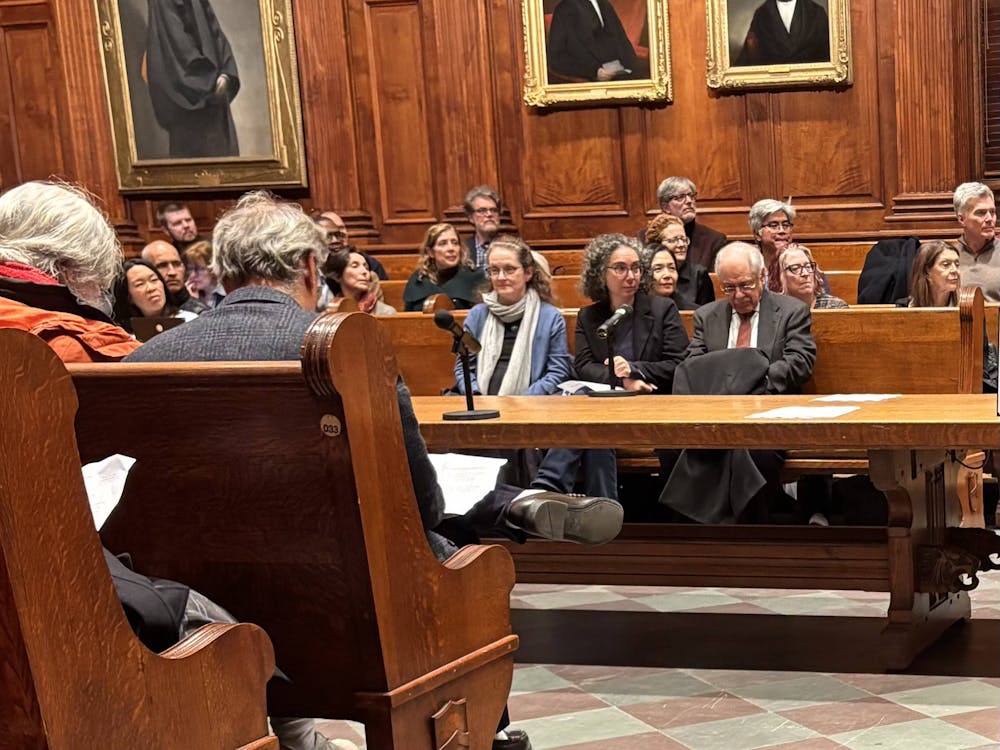Last August, Hiroshima University bequeathed seven roof tiles that were collected from the riverbed of the Motoyasu to Princeton. The tiles were a gift in honor of the University’s support of the restoration of the Hiroshima campus in 1951.
Four years after the bombing, Hiroshima University President Tatsuo Morito wrote to universities around the world requesting gifts of books and trees to help the university rebuild its campus.
“Because the atomic bomb had essentially leveled the campus, buildings and all trees, [Hiroshima University was] initially asking for trees, and they asked if, in lieu of sending a tree, to make a monetary donation,” Daniel J. Linke, the University archivist at Mudd Library, said.
Princeton’s then-Assistant to the President Arthur E. Fox wrote back to Morito in May 1951, stating that the University would donate a book to Hiroshima University’s library as well as five American dollars for the purchase of a tree.
Although he considered sending a sapling from the United States, Fox said that due to the uncertainties of transportation, Princeton decided to give a monetary donation in the hopes that Hiroshima University would use it to select a native tree to plant on its campus.
Sixty-one years after the University’s gift was delivered, Hiroshima University created an association of students to send roof tiles that survived the bombing to schools worldwide that had supported the university during its reconstruction.
The tiles were collected in January 2012 from the riverbed of Motoyasu River, just a few blocks away from the Aioi Bridge, which was the central target location for the atomic bombing.
Hiroshima University created the program to spread awareness about the lethal effects of nuclear weapons as part of its mission for peace, explained Lynn Durgin, the special collections assistant at Mudd Library.
Linke said the roof tiles are a “very significant gift.” The $5 monetary donation that the University sent to Hiroshima in 1951 amounts to $44.28 in today’s dollars. Linke explained the symbolism of Princeton’s support was more important than the actual dollar value of the gift.
Durgin said the tiles have been tested by Hiroshima University and are no longer radioactive.
Every year on the anniversary of the bombing, paper lanterns are floated down the Motoyasu to console the souls of atomic bomb victims, a commemoration marked by Japanese spiritualistic beliefs.
A document from Hiroshima University held by Mudd Library explained that during the bombing, the bodies of victims who had jumped into the river were washed away by the high tide and floated down the river in the days following the bombing.

Each roof tile “thus contains the souls of the people whose lives were very regretfully taken away by this tragedy,” the document read.
A letter from current Hiroshima University President Toshimasa Asahara to the University in 2012 explained that the tiles “will forever serve as a memory of 8:15 a.m. on Aug. 6, 1945,” silently conveying the destructive power of the atomic bomb to institutions overseas.
Asahara commended “the selfless, charitable spirit” that Princeton demonstrated to Hiroshima University “as a cherished treasure of human society.”







